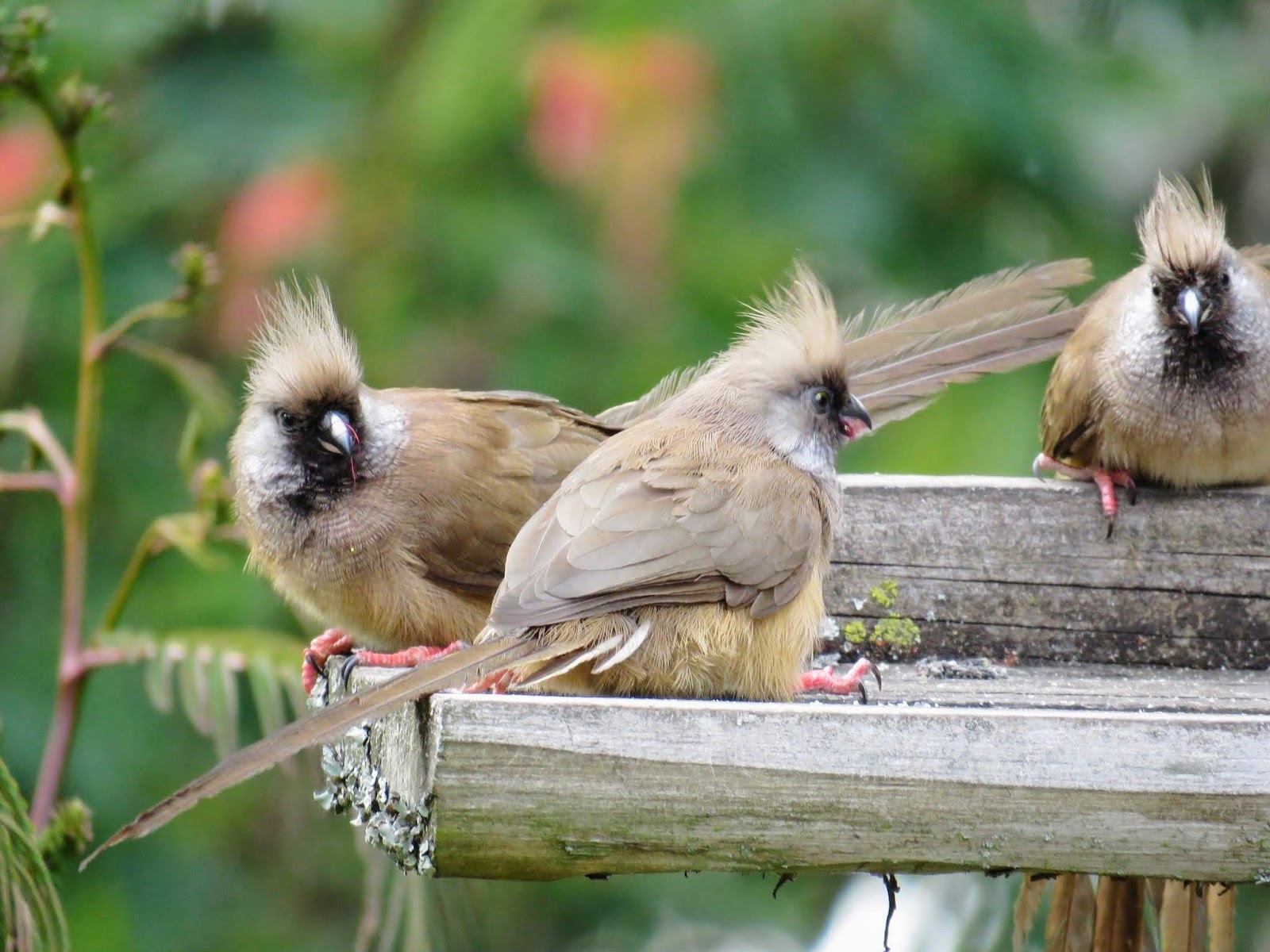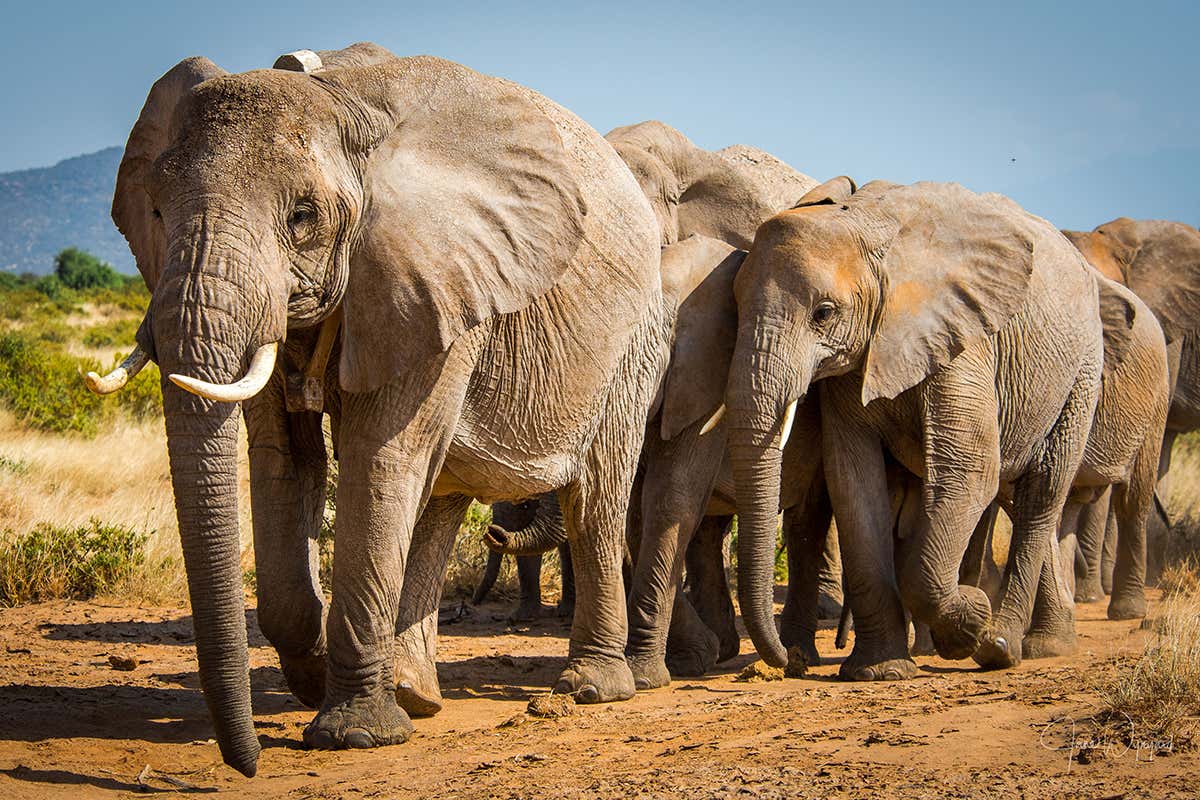Nestled in Uganda’s southwestern corner, Queen Elizabeth National Park transcends the realm of typical safari destinations. While famed for its big game, the park quietly boasts another crown jewel: it’s remarkable birdlife. With over 600 avian species recorded, Queen Elizabeth ranks as a top birding destination in Africa, and arguably the world.
This extraordinary biodiversity stems from the park’s diverse landscape. From the savannah plains of Ishasha to the lush Maramagambo forest, and the open waters of Lake Edward and the Kazinga Channel, Queen Elizabeth provides a haven for a spectacular array of birds.
Birdwatchers can expect to be dazzled by a kaleidoscope of colors and silhouettes. The iconic shoebill stork, with its prehistoric beak, wades through the papyrus marshes of the Ishasha sector. The skies come alive with the vibrant plumage of the red-billed hornbill and the lilac-breasted roller. Keen eyes might spot the elusive African green pigeon flitting through the forest canopy, while the martial eagle’s silhouette dominates the skies above Kyambura Gorge.
The park caters to birders of all experience levels. A leisurely game drive along the Kasenyi plains offers sightings of savannah specialists like the red-capped lark and the black-headed gonolek. A boat cruise on the Kazinga Channel allows for close-up views of water birds like the African skimmer and the majestic grey crowned crane. For the more adventurous, guided nature walks through the Maramagambo forest unlock a hidden world of skulking forest birds and dazzling flycatchers.
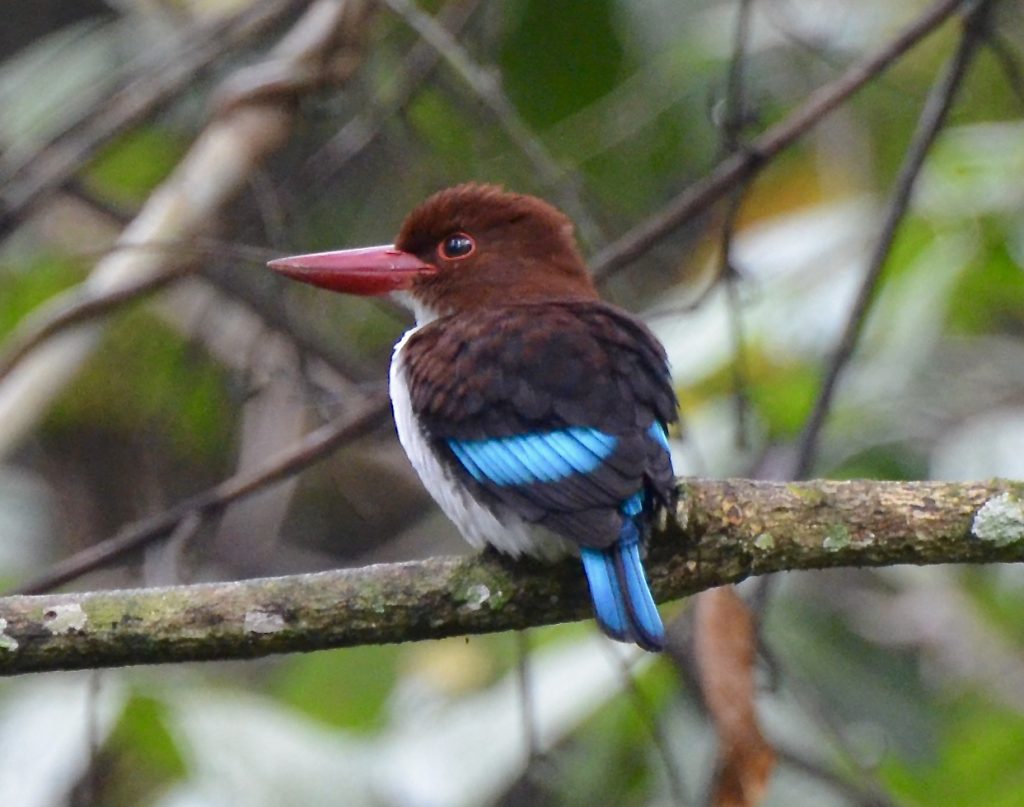
Kasenyi Plains
The Kasenyi Plains, a jewel within Queen Elizabeth National Park, isn’t just a haven for big game enthusiasts. This iconic savanna, famed for offering glimpses of the Big Five, also transforms into a birder’s paradise. Here, against the backdrop of endless grasslands dotted with acacia sentinels, a symphony of feathers takes flight.
The open landscape of Kasenyi Plains provides the perfect habitat for a diverse range of avian predators. Soaring high above are majestic raptors like the Martial Eagle, its keen eyes scanning for prey, and the Brown Snake Eagle with its distinctive wing shape. Vultures, nature’s clean-up crew, play a vital role in the ecosystem. Look for the Hooded Vulture, the Lappet-faced Vulture with its wattles, and the majestic Ruppell’s Griffon Vulture, the largest vulture in Africa.
But Kasenyi offers more than just birds of prey. Keen-eyed birders will be delighted by a vibrant cast of ground dwellers. The African Wattled Plover struts proudly, while the Senegal Plover blends seamlessly with the sandy soil. Listen for the calls of the Black-headed Gonolek, a master mimic, and spot the flash of color from the brightly plumaged Lilac-breasted Roller (if you’re lucky!).
The Kasenyi Plains cater to birders of all levels. Common species like the White-tailed Lark and the Grey Kestrel are easily spotted, while more elusive birds like the Black-crowned Tchagra and the Rufous-naped Lark require a sharper eye.
For the truly dedicated birder, a guided walk can unlock the secrets of the Kasenyi. Skilled guides can help you identify the subtle calls and markings that differentiate similar species, and point out birds that are masters of camouflage.
So, the next time you find yourself on safari in Queen Elizabeth National Park, don’t forget to pack your binoculars. The Kasenyi Plains, with its impressive concentration of big game, also offers a breathtaking spectacle for birdwatchers. From soaring raptors to colorful ground dwellers, the avian diversity of this savanna promises an unforgettable experience.
Maramagambo Forest
Deep within the folds of the Kichwamba Escarpment, overlooking the western rift valley, lies the verdant gem of Maramagambo Forest. This lush tapestry of flora provides a sanctuary for over 60 bird species, making it a haven for birders seeking a unique experience in Queen Elizabeth National Park.
Unlike the open vistas of the Kasenyi Plains, Maramagambo offers a world cloaked in emerald. Birdwatching here is an adventure in itself, often undertaken through guided treks. These treks not only lead you to a chorus of unseen songbirds, but also reveal the shimmering beauty of crater lakes like Kamunzuku and Nyamusingire. These lakes themselves attract a specific set of water birds, adding another layer of diversity to the avian tapestry.
Prepare to be enchanted by the vibrant symphony of the forest. The melodic calls of the Brubru and the Green Crombec fill the air, while bursts of color come alive with sightings of the Sulphur-breasted Bush-Shrike and the Black Bee-eater. Keep your eyes peeled for the elusive Black and White Shrike-Flycatcher and the ornately feathered Chestnut-Wattle-eye.
The forest canopy becomes a stage for a dazzling display of aerial acrobatics. Watch the acrobatic maneuvers of the African Paradise Flycatcher, its long tail feathers a blur of motion. The rhythmic tapping of the Brown-eared Woodpecker might guide you to its location, while the unmistakable call of the Honeyguide Greenbul might lead you to a hidden honey pot.
Maramagambo Forest caters to all birding skillsets. Common sights include the melodic, Blue-shouldered Robin-Chat and the Broad-tailed Warbler. But for the more discerning birder, the forest offers a challenge. Keen eyes and a good ear are essential to spot the skulking Marsh Tchagra or the well-camouflaged Dark-capped Warbler.
A guided walk through Maramagambo Forest unlocks a hidden world. Your guide, with their expertise in bird identification, can help you decipher the complex calls and point out the subtle markings that differentiate one species from another.
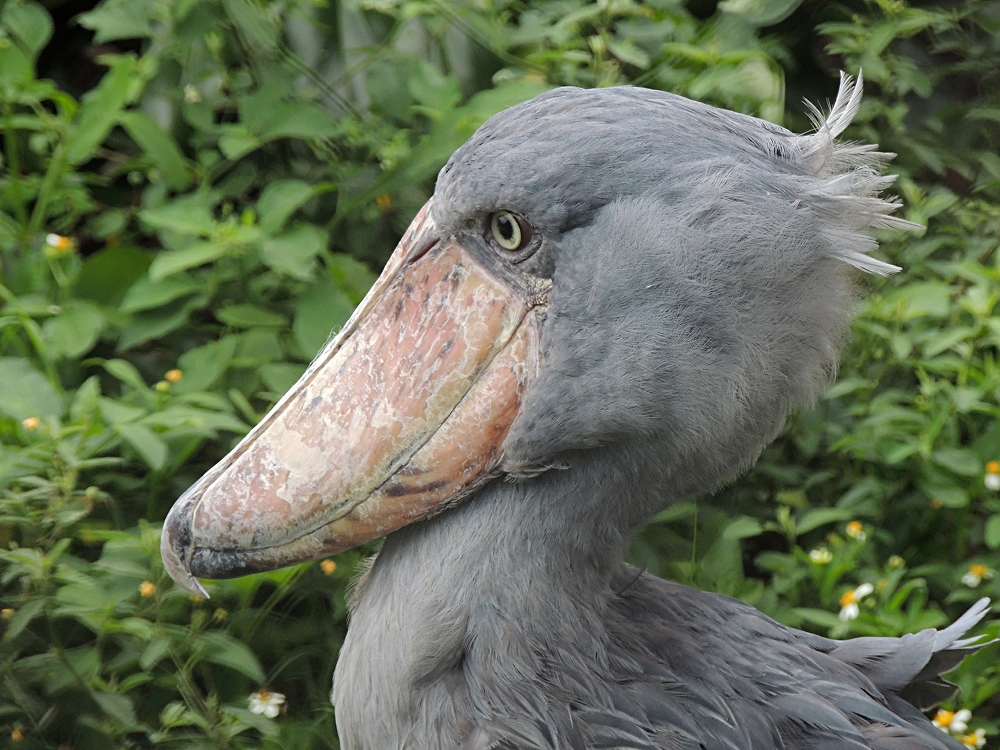
Birding in the Mweya Peninsula
The Mweya Peninsula, a finger of land jutting into the Kazinga Channel and cradled by Lake Edward, is a haven for birdwatchers in Queen Elizabeth National Park. This hotspot attracts not just tourists, but an incredible diversity of avian residents.
The peninsula’s varied habitats, from woodlands bordering the channel to pockets of papyrus swamps, create an ideal environment for a plethora of bird species. Here’s a glimpse into the feathered wonders you might encounter:
Keep an eye out for the diminutive Pygmy Kingfisher, a flash of iridescent blue perched on a branch, patiently waiting for its next insect meal. Soar with the watchful gaze of raptors like eagles and hawks, scanning the landscape for prey.
Listen for the melodic calls of the African Mourning Dove and the cheerful chirp of the Red-capped Lark. A splash of vibrant red might reveal the Red-chested Sunbird or the Scarlet-chested Sunbird flitting amongst the flowers.
As dusk descends, the haunting call of the Squire-tailed Nightjar might pierce the stillness. Be patient, and with a bit of luck, you might spot this nocturnal wonder with its impressive tail feathers.
The air thrums with the lively chatter of birds like the Blue-napped Mousebird and the social Martins and Swifts. Watch the industrious Lesser Masked Weaver and Slender-billed Weaver construct their intricate nests, a testament to avian ingenuity.
Mweya Peninsula caters to all birding levels. Common sightings include the Black-headed Gonolek and the ubiquitous Swamp Flycatcher. With a keen eye, you might spot the elusive Diederik Cuckoo or the dazzling Pin-tailed Whydah with its long, flowing tail feathers.
Exploring the Mweya Peninsula on foot or by car allows you to immerse yourself in this avian paradise. Whether you’re a seasoned birder or simply an enthusiast, the peninsula offers a delightful opportunity to witness the remarkable diversity of Queen Elizabeth National Park’s birdlife.
Avian Treasures of Ishasha Sector
Ishasha Sector is famed for its iconic tree-climbing lions. However, this captivating corner of the park offers more than just a glimpse of these majestic predators. Ishasha is also a haven for a surprising diversity of birdlife, waiting to be discovered by enthusiastic birders.
Nestled on the southwestern rim of the park, Ishasha boasts a distinct landscape. The acacia-dotted savanna gives way to pockets of papyrus swamps and riverine woodlands, creating a mosaic of habitats that attracts a vibrant array of feathered residents.
So, while you’re scanning the trees for lions, keep your ears tuned for the distinctive calls of these avian wonders:
Look out for the majestic silhouettes of raptors like the Long-crested Eagle and the Brown Snake Eagle patrolling the skies. The powerful Lappet-faced Vulture, with its impressive wattles, might be scavenging for carrion.
The vibrant plumage of the Ross’s Turaco, a forest specialist, might add a burst of color to the landscape. Keep an eye out for the Broad-billed Roller, its blue head contrasting beautifully with its orange chest.
The Grey-backed Fiscal and the Green Crombec blend seamlessly with the foliage, requiring a keen eye to spot. Be patient, and you might be rewarded with sightings of these well-camouflaged wonders.
The papyrus swamps harbor secretive residents like the Striped Kingfisher, a flash of blue perched on a reed stem. The Greater Honeyguide, with its distinctive call, might lead you to a hidden honey pot, a testament to the symbiotic relationship between birds and other animals.
Ishasha offers birdwatching opportunities for all levels. Common sights include the Helmeted Guineafowl strutting across the plains and the ubiquitous Cisticolas flitting amongst the grasses. But for the dedicated birder, the challenge lies in spotting elusive species like the Black-bellied Bustard, a large, ground-dwelling bird, or the Double-toothed Barbet, a brightly colored forest dweller.
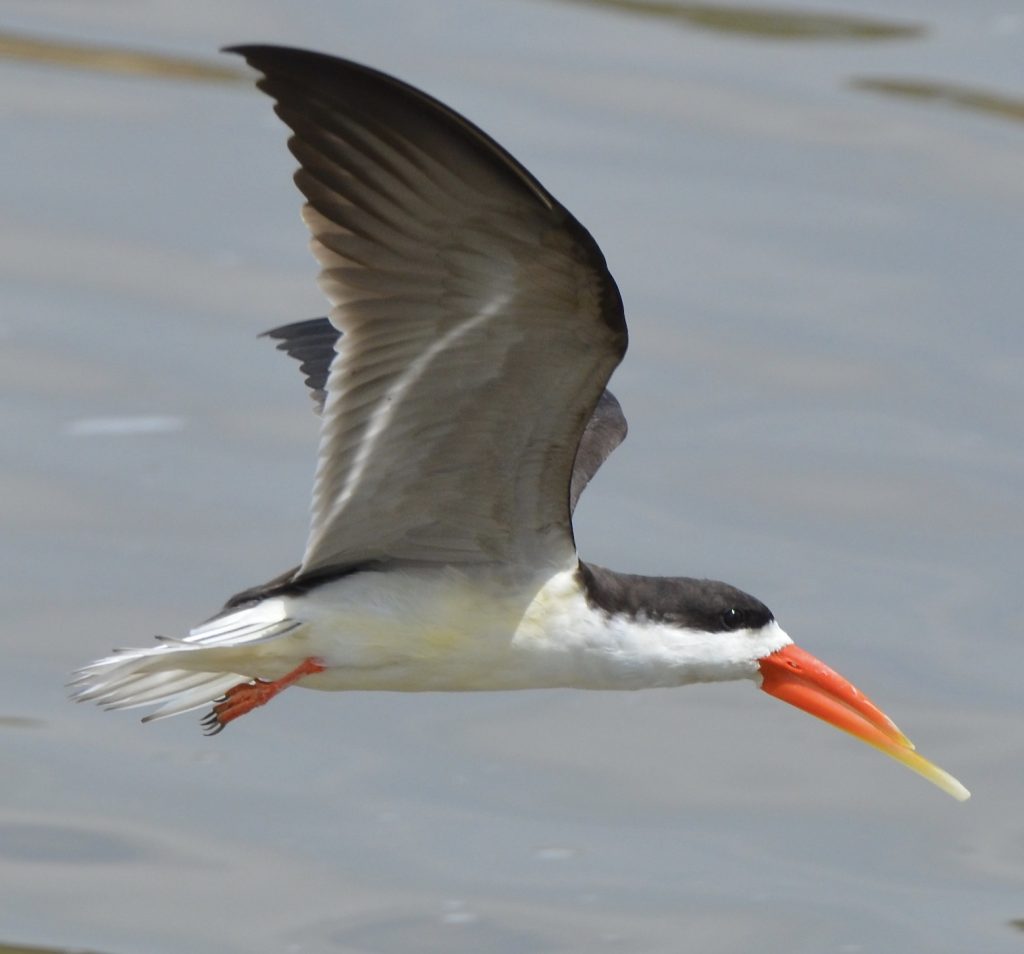
Birding in Katwe Area
Beyond the lunar landscapes and salt pans of Katwe lies a hidden gem for birders: a mosaic of shimmering lakes and papyrus swamps teeming with avian life. This unique area within Queen Elizabeth National Park offers a chance to witness a spectacular display of waterbirds, making it a must-visit for any bird enthusiast.
The key to Katwe’s avian diversity lies in its wetlands. Lakes like Munyanyange, fringed with papyrus reeds, provide a haven for a variety of waterbirds. Birds you will encounter:
The stars of the show are undoubtedly the Lesser and Greater Flamingos. These elegant creatures, with their long legs and graceful movements, paint the lakes a stunning pink, creating an unforgettable spectacle.
Keep an eye out for the Avocet, its long, upturned bill perfectly adapted for scooping up aquatic prey. The Common Greenshank, with its long legs and probing beak, wades through the shallows, while the Curlew Sandpiper probes the mud for hidden delicacies.
The air thrums with the calls of smaller birds. The vibrant Southern Red Bishop, with its contrasting black and red plumage, adds a splash of color to the landscape. Listen for the melodic songs of the African Moustached Warbler and the Broad-tailed Warbler hidden amongst the reeds.
Soar with the watchful gaze of raptors like the Montagu’s Harrier and the Pallid Harrier, their keen eyes scanning the wetlands for prey. The Gull-billed Tern, with its sleek silhouette and sharp beak, dives expertly for fish.
Don’t forget the ubiquitous Croaking Cisticola, its name a perfect description of its distinctive call. This tiny wonder blends seamlessly with the grasses, but its presence adds to the rich tapestry of birdlife in Katwe.
Katwe caters to birders of all experience levels. The Lesser and Greater Flamingos are easily spotted with their vibrant colors, while the Common Greenshank and the Avocet are relatively common sights. But for the more discerning birder, the challenge lies in spotting elusive species like the Eurasian Marsh Harrier or the well-camouflaged African Moustached Warbler.
Lake Kikorongo
Lake Kikorongo, a serene jewel nestled within Queen Elizabeth National Park, is more than just an extension of Lake George. This freshwater lake transforms into a paradise for waders, a collective term for long-legged water birds. Here, against the backdrop of shimmering waters fringed with papyrus, a vibrant ballet of feathers unfolds.
Birdwatchers flock to Lake Kikorongo for a chance to witness these remarkable creatures:
The iconic Saddle-billed Stork, with its massive beak and prehistoric charm, is a guaranteed highlight. Watch as it patiently stalks through the shallows, searching for prey.
The African Jacana, a true marvel of nature, walks gracefully on lily pads with its elongated toes. Its unique appearance and movements will leave you mesmerized.
Keep an eye out for the Sacred Ibis, a graceful bird with a long, down-curved beak, wading through the reeds.
The Elusive Shoebill: If you’re incredibly lucky, you might encounter the prehistoric-looking Shoebill. This critically endangered bird, with its massive shoe-shaped bill, is a true birding trophy.
The air around Lake Kikorongo is alive with the calls of smaller birds. The Common Squacco Heron, with its distinctive plumes, hunts for insects in the shallows. The Black Crake scurries through the reeds, while the brightly colored Papyrus Gonolek adds a splash of vibrancy to the landscape.
Listen for the delicate songs of warblers flitting amongst the papyrus. The Carruthers’s Cisticola, the Yellow Wagtail, the Lesser and Greater Swamp Warblers, and the White-winged Warblers all contribute to the rich avian tapestry of Lake Kikorongo.
Lake Kikorongo offers a haven for birders of all skillsets. The Saddle-billed Stork and the Sacred Ibis are relatively common sights, while the African Jacana and the Black Crake require a bit more patience. But the ultimate challenge lies in spotting the elusive Shoebill, a rare and magnificent bird that will leave a lasting impression.
Katunguru Bridge Area
The Kazinga Channel, a vital artery connecting Lakes George and Edward, is a stunning natural wonder in Queen Elizabeth National Park. But the magic doesn’t stop at the water’s surface. The Katunguru Bridge, which traverses the channel, offers a unique birding experience thanks to a hidden gem: the papyrus swamp nestled beneath its structure.
This lush, watery haven provides a perfect habitat for a variety of bird species, making it a must-visit for any birder exploring the park. What to see, Keep an eye out for the graceful Gull-billed Tern, its sharp beak perfectly adapted for diving and catching fish. You might also spot the majestic Pink-backed Pelican, its large pouch ideal for scooping up prey from the channel’s depths.
The vibrant plumage of the Malachite Kingfisher and the Pied Kingfisher will add a burst of color to your birding experience. These agile hunters perch on branches overhanging the water, waiting for the perfect moment to snatch their next meal.
The papyrus reeds conceal a symphony of song. Listen for the calls of the elusive Carruther’s Cisticola and the melodic warbling of the Lesser and Greater Swamp Warblers. These secretive birds might take some patience to spot, but their songs will guide you to their hidden world.
Don’t miss the Papyrus Gonolek, a bird endemic to the papyrus swamps of Central Africa. Its distinctive black and white plumage and raucous calls make it an unmistakable presence in this unique ecosystem.
The Katunguru Bridge Area caters to birders of all levels. The Pink-backed Pelican and the Malachite Kingfisher are relatively easy to spot, while the Pied Kingfisher and the Carruther’s Cisticola require a bit more focus. But the true reward lies in identifying the subtle differences between the Lesser and Greater Swamp Warblers, adding to your birding repertoire.
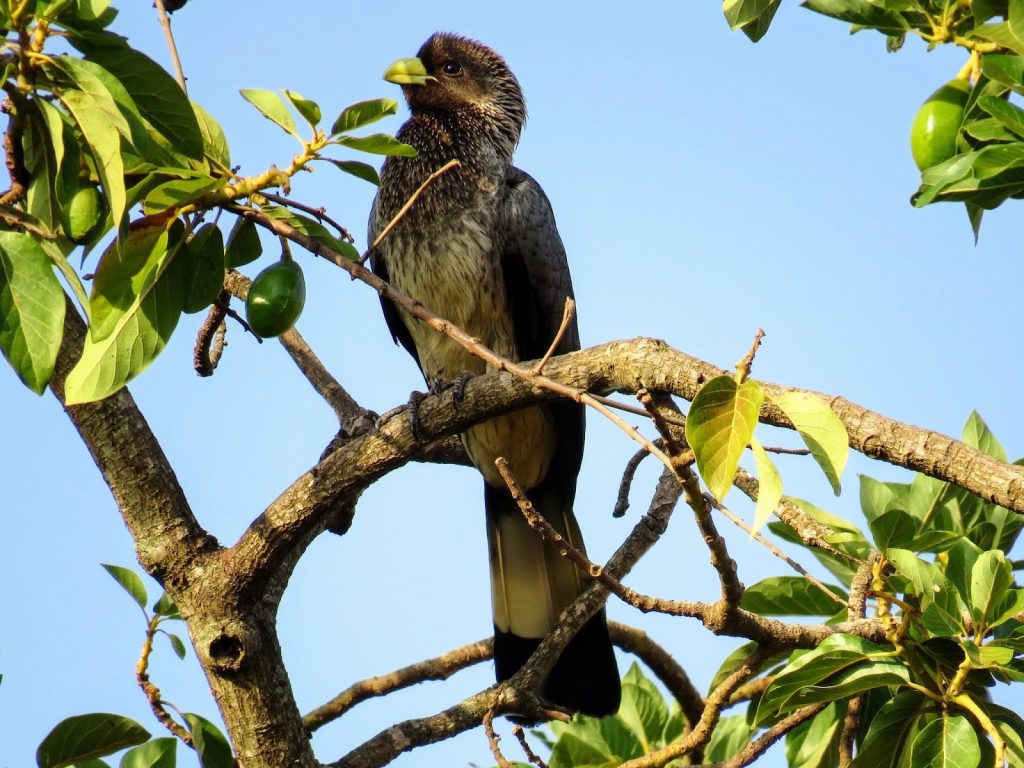
Essentials to pack for Birding in Queen Elizabeth National Park
Queen Elizabeth National Park beckons birdwatchers with its staggering avian diversity. To ensure a rewarding birding experience, here are some essential items to pack:
A good pair of binoculars is paramount. opt for 8×42 binoculars, offering a good balance of magnification and field of view.
Consider hiring a skilled birding guide. Their expertise in bird identification and park navigation will significantly enhance your birding experience.
A dedicated birding vest or backpack is a lifesaver. It allows you to comfortably carry binoculars, a camera, field guides, and other essentials while keeping your hands free.
Comfortable, closed-toe shoes are crucial for navigating uneven terrain and protecting your feet from insects and thorns.
A wide-brimmed hat protects you from the sun’s harsh rays and allows you to scan the skies without glare.
Pack a reusable water bottle to stay hydrated throughout your birding adventures.
Insect repellent is a must to ward off mosquitos and other biting insects.
A notebook and pen allow you to jot down bird sightings, calls, and other details to enhance your birding memories.
Download a birding app to your phone. These apps can help you identify birds by their calls and appearance, adding another dimension to your birding experience.
Beyond the Essentials:
While professionalism and passion are undoubtedly valuable assets, birding should be a fun and enriching experience. Queen Elizabeth National Park offers a variety of birding tours catered to different skill levels. You can choose a self-guided approach or opt for a tour with a skilled guide, depending on your preferences.
Remember:
Responsible tourism is key. Choose reputable tour operators like Journeys Uganda, known for their commitment to sustainable birding practices and supporting local communities.
The best time to go birding in Queen Elizabeth
The best time for birding in Queen Elizabeth depends on your preferences. The dry season, from June to September, offers excellent weather conditions and abundant food sources for the birds. This period is ideal for those seeking the widest variety of resident species. However, the park remains a birding paradise year-round. From November to April, migratory birds from Europe and Asia add another dimension to the avifaunal tapestry.
How to get there
Queen Elizabeth National Park is accessible by both air and road.
By Air: For a quicker commute, you can book a domestic flight from either Entebbe International Airport or Kajjansi Airstrip. These flights land at one of the nearby airfields in Kasese, taking about an hour.
By Road: For a more scenic journey, consider a road trip from Kampala, Uganda’s capital city. The drive to Fort Portal, the park’s headquarters, takes roughly 7-8 hours and covers approximately 410 kilometers (255 miles).
Accommodation Options
After a day of exploring the park’s diverse habitats and marveling at its feathered residents, you’ll need a comfortable place to relax and unwind. Queen Elizabeth National Park offers a variety of lodges and camps catering to different budgets and preferences. Here are a few highly rated options for birders:
Luxury: Kyambura Game Lodge and Mweya Safari Lodge are perfect choices for those seeking luxurious accommodations amidst stunning scenery.
Mid-Range: Hippo Safari Lodge offers a comfortable and convenient location within the park.
Budget-Friendly: Ishasha Wilderness Camp is a great option for budget-conscious birders, while Jacana Lodge provides a unique opportunity to stay within a private reserve bordering the park.
Other Activities to do in Queen Elizabeth National Park
Queen Elizabeth National Park offers more than just exceptional birding. After a rewarding day identifying feathered friends, you can encounter elephants and lions on a thrilling safari drive, or track chimpanzees through the verdant Kyambura Gorge.
Whether you’re a seasoned birder or simply an enthusiastic nature lover, Queen Elizabeth National Park promises an unforgettable experience. With its staggering diversity of birds and stunning landscapes, this park is a true gem waiting to be explored.

